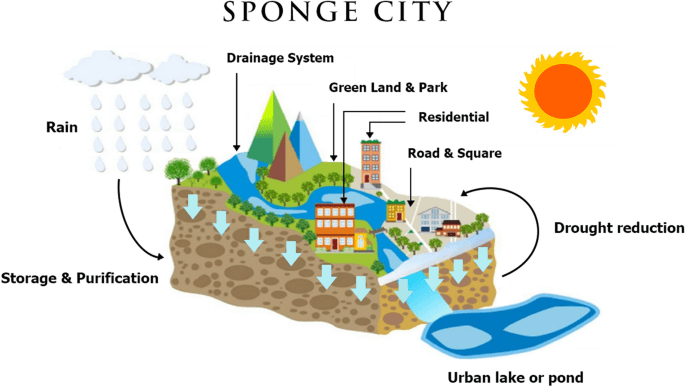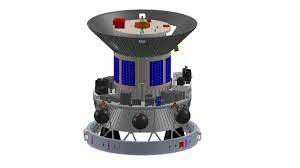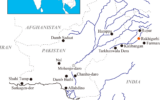
China’s High Energy Photon Source (HEPS)
Subscribers of "Current Affairs" course can Download Daily Current Affairs in PDF/DOC
Subscribe to Never Miss an Important Update! Assured Discounts on New Products!
Must Join PMF IAS Telegram Channel & PMF IAS History Telegram Channel
- Context (TOI): China is poised to unveil its cutting-edge High Energy Photon Source (HEPS) by year end.
- It will be the first fourth-generation synchrotron light source in Asia.
- HEPS is part of an elite group of fourth-generation synchrotrons, including Sweden’s MAX IV Laboratory, Sirius in Brazil, the Extremely Brilliant Source in France, and the Advanced Photon Source in Illinois, USA.
- The HEPS, after completion, will stand as one of the brightest synchrotron radiation (SR) sources in the world and the first high-energy synchrotron radiation facility in China.
- The HEPS is designed with the capacity to emit X-rays beams that are a trillion times brighter than those of the Sun.
- HEPS will accelerate electrons up to energies of 6 gigaelectron volts.
- HEPS will revolutionise scientific research with its production of high-energy X-rays, facilitating the precise probing of samples at the nanoscale level.
- Compared to third-generation synchrotrons, it will offer a time resolution that is 10,000 times superior.
Synchrotron Light Source
- Synchrotron light is an electromagnetic wave similar to sunlight. However, it is the electromagnetic wave radiated from a charged particle such as electrons moving at velocities near the speed of light.
- Synchrotron light is unique in its intensity and brilliance, and it can be generated across the range of the electromagnetic spectrum: from infrared to visible light to x-rays.
How is synchrotron light created?
- Synchrotrons use electricity to produce intense beams of light more than a million times brighter than the sun.
- The light is produced when high-energy electrons are forced to travel in a circular orbit inside the synchrotron tunnels by the ‘synchronised’ application of strong magnetic fields.
Uses
- Fundamental science: In discovering atomic and molecular properties, study of property changes of materials under high pressure and temperature, study of arrangement of atoms on the surface, etc.
- Research in medical science: Study of bio-molecular matters with small and complex structures commonly found in living beings such as proteins, nucleic acid, etc.
- Industrial research: Developing new products or improving existing products requires in-depth studies by applying new knowledge to add industrial value.
Synchrotron Facility in India
- India has two synchrotron radiation sources, INDUS-1 and INDUS-2, located at the Raja Ramanna Centre for Advanced Technology (RRCAT) in Indore.
- INDUS-1: India’s first synchrotron generator, with a 450 MeV storage ring
- INDUS-2: A 2.5 GeV synchrotron radiation source, with a critical wavelength of about 1.98 angstroms.







![PMF IAS Environment for UPSC 2022-23 [paperback] PMF IAS [Nov 30, 2021]…](http://pmfias.b-cdn.net/wp-content/uploads/2024/04/pmfiasenvironmentforupsc2022-23paperbackpmfiasnov302021.jpg)











